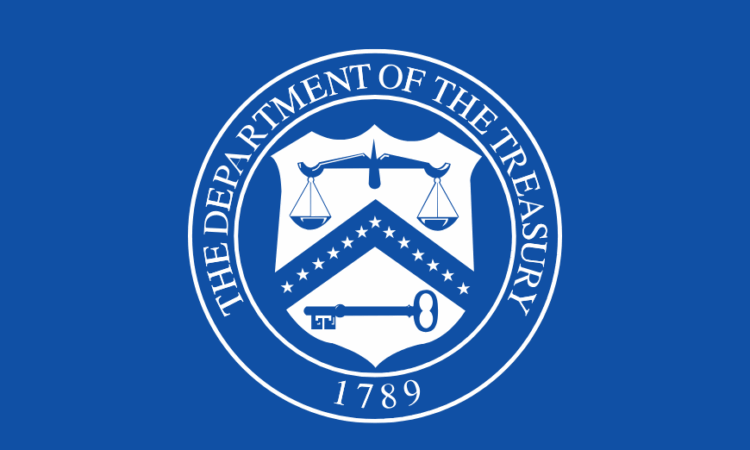
U.S. Treasury Secretary Scott Bessent appeared to mock the Indian rupee during an interview with Fox News, when asked if he was concerned that India might push for global trade settlements in its own currency instead of the dollar.
A video surfaced on X on Wednesday, gathering 1.6 million views on X. In that video, when asked whether India’s growing push to settle trade in rupees could challenge the dominance of the U.S. dollar, Bessent responded with a laugh, saying, “There are a lot of things I worry about. The rupee becoming a reserve currency is not one of them.” His remark comes at a time when the Indian currency is hovering at a record low against the dollar.
As of Aug. 28, the Indian rupee is trading at about 87.63 to the U.S. dollar. The rupee closed five paise higher at 87.63 rupees per dollar, marking a slight recovery after a five-day slide.
The Indian rupee has been under persistent pressure this year, slipping to fresh lows against the U.S. dollar. Earlier in August, it weakened beyond ₹87.65 to the dollar, its poorest closing level on record, driven by higher oil import costs and trade concerns. On Aug. 28, the currency briefly touched ₹87.74 before settling slightly stronger at around ₹87.59, underscoring the volatility. Despite periodic interventions from the Reserve Bank of India, the rupee remains near historic lows as global uncertainties and tariff worries weigh on sentiment.
READ: India hit by Trump’s 50% tariffs as Modi pushes back with economic, self-reliance measures (
With Washington, D.C, raising duties, the pressure on India’s export earnings has grown, while import costs especially oil remain high. That imbalance makes the dollar stronger against the rupee. Investors also turn cautious in such a trade environment, pulling back from emerging markets and adding to the currency’s weakness.
For the Trump administration, this outcome reinforces the “America First” message as U.S. imports stay dominant, and the dollar’s edge remains unchallenged. The Treasury Secretary’s take about the rupee not being a reserve currency was not a just a throwaway line; it carried the weight of that strategy. A weaker rupee in the face of tariffs doesn’t just hurt India’s trade. It also secures America’s position in the global financial order.
Even though a weaker currency often makes exports cheaper, in this case U.S. tariffs wipe out much of that advantage, leaving Indian goods costlier abroad. For American producers, that means less competition in industries ranging from textiles to pharmaceuticals, giving domestic businesses more room to capture market share. At the same time, American consumers and companies that rely on Indian imports. Whether it is raw materials, IT services, or manufactured goods end up paying in dollars, which are now relatively stronger. That strengthens the U.S. buyer’s hand, making imports from India cheaper in dollar terms despite tariffs, while also preserving U.S. control over pricing power in many global supply chains.
READ: How U.S. tariffs threaten Indian exports from textiles to jewelry (
Another layer of benefit comes from capital flows. Whenever emerging market currencies like the rupee stumble, global investors usually retreat to safer assets, most often U.S. government bonds or dollar-denominated securities. This strengthens the dollar even further and helps America borrow at lower costs.
On a geopolitical level, the rupee’s weakness reinforces the dollar’s dominance. There has been growing talk in recent years of India and other countries settling more trade in local currencies to reduce dependence on the dollar. But a rupee hovering at record lows only undermines that idea, because no global partner wants to hold reserves in a currency that is visibly losing value. By default, the dollar continues to look like the only safe and reliable choice.
A reserve currency is basically the money that most central banks and big institutions around the world keep in bulk because it’s trusted for trade, payments, and savings. Right now, the U.S. dollar dominates that space, with the euro, Japanese yen, British pound, and Chinese yuan following behind. A few others like the Swiss franc, Canadian dollar, and Australian dollar are also used, but only in smaller amounts.
While the rupee is used in some regional trade deals and bilateral agreements, such as with Russia and Sri Lanka, it is far from being a currency the world relies on for reserves. Its fluctuations, restrictions on capital flows, and limited convertibility make it unsuitable for that role.




